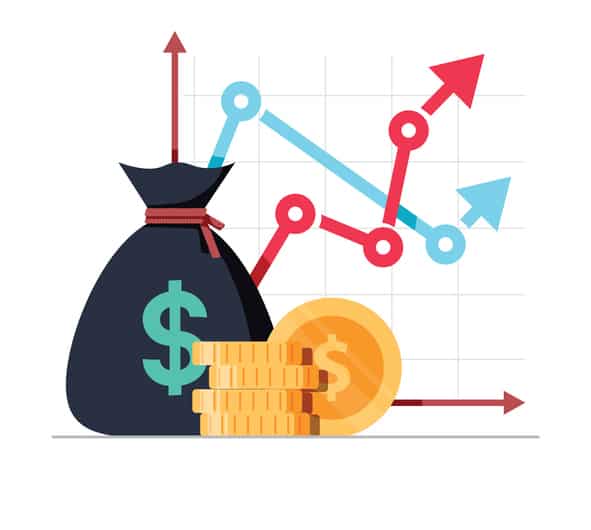When it comes to investment planning, the majority of public companies will update their methodologies to include sustainability metrics as a key part of their return on investment (ROI) analysis by 2026, said Gartner recently.
The shift from viewing sustainability solely as a source of risk management to a new driver of returns will be transformative for many companies, the advisory firm noted.
Many organisations have evolved from a purely risk-oriented approach to ESG concerns and have begun to optimise their programmes to burnish their reputation and actively attract customers, investors and talent, Gartner pointed out.
The next stage in this evolution is to drive sustainability transformation by making ROI a key focus of their ESG strategies, the firm added.
Many CFOs have already experienced positive returns from placing an emphasis on sustainability and through small-scale, green capital investments, said Melanie O’Brien, VP analyst, research, in the Gartner Finance practice.
“We predict that 60% of public companies will have updated their methodologies when it comes to investment planning to include non-financial information related to sustainability by 2026, which will facilitate longer-term and transformative sustainability investments,” she noted.
Embracing sustainability as a driver of returns
According to O’Brien, traditional investment methodologies often overlook the value of nonfinancial and intangible benefits when considering investment returns.
Progressive organisations that are embracing sustainability as a driver of returns have begun to update their investment criteria in a similar fashion to how leading organisations assess the nontangible benefits of their digital investments, she observed.
Organisations that can account for the enterprise value of their sustainable investments, connect them to broader corporate strategy and show clear benefits to the organization will likely be seen favourably by investors and other stakeholders, she predicted.
One way this is already being made tangible is in the debt capital markets, as organisations partially mitigate the challenges of a higher interest rate environment by issuing ESG-linked bonds, which receive more favourable discount rates than their conventional equivalents, Gartner pointed out.
The firm predicted that more than $3 trillion of ESG-linked bonds will be issued by 2026, accounting for 30% of total market issuance.
Adjusting investment methodologies
To further accomplish financially aligned sustainability goals, Gartner recommends CFOs adjust their methodologies in terms of investment planning in the following areas:
Assessing their geographic portfolios for opportunities to divest businesses that conflict with stated ESG objectives; Gartner further predicts that 30% of multinational organisations will streamline geographies and subsidiaries due to sustainability regulatory requirements by 2026.
Ensuring that investments which demonstrate clear nonfinancial but significant benefit to the organization are considered equal to projects with financial returns.
Tolerating a longer cash back period of six-to-10 years instead of the current two-to-three year period, aligned with strategic objectives and potentially by balancing longer term sustainability investments with additional more aggressive short-term investments.
Leveraging current frameworks and accounting models that have been established to support the growth in organizations calculating the value on intangibles.
These include the UN Value Driver Model, the Return on Sustainability Investment (ROSI) methodology, Economic Value Added (EVA) calculations and Value based management (VBM).



